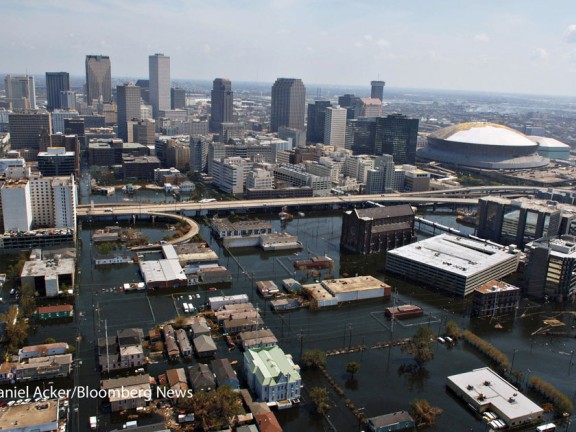If 'Delivery' is Such a Good Idea, Why Doesn’t Everyone Care?

Fans of service delivery are convinced that delivery is truly the core of governance in the 21st century – and that the delivery unit is an organisational mechanism that governments ought to adopt. But if it’s such a good idea, why don’t more people care – especially among elected officials? And if people can be convinced to care, what will it take to make more things happen more effectively?
The puzzle at the core is the old one of balancing supply and demand. Reformers have produced a steady supply of new ideas, including a focus on delivery, and new structures to produce those ideas, including the delivery unit at the centre of government. But on the demand side, elected officials often don’t care about these initiatives. They either don’t believe they matter or don’t believe they can help, especially in producing results during the time they have in office. They often don’t want to buy what the analysts are selling.
Boosting the business of government
There are three big reasons why the focus on delivery makes sense for elected officials. Firstly, elected officials too often discover the costs of failing to deliver only when mega-crises occur. And then it’s too late – they find themselves in political hot water over issues they never saw coming.
Elected officials, not surprisingly, focus on policy and politics and tend to push questions of delivery off to the bureaucracy. Voters, of course, expect value for their hard-earned tax dollars and, when big problems surface – from natural disasters to public health crises – they expect their elected officials to solve them. There is often little upside political gain for good management, since voters naturally expect that politicians shouldn’t get applause for doing their job. But there’s often a huge downside risk in failing to respond effectively to crises. Too often, elected officials discover that lesson too late, when failures in crisis management stick to them like flypaper. That was the catastrophic story of President George W. Bush, whose polling negatives exceeded his positives and never recovered after the debacle of Hurricane Katrina in 2005.
The second reason is language. Elected officials typically process reality and speak to citizens through anecdotes and stories. Delivery units naturally gravitate to sophisticated data analysis. It can often be difficult to translate the analytical language of delivery into the anecdote-based language of politics, so delivery analysts and elected officials often talk past each other.
We are beginning to find better ways to make the connection. Delivery analysts are learning to translate their analytics into anecdotes. These stories can be a powerful means of persuasion when they resonate with elected officials, and they can be analytically valid if they capture the core of the underlying measures, just as statistical measures are designed to do. Place-based mapping systems can also prove powerful, as some of the American stat-based systems are demonstrating. That’s an important finding of the new Johns Hopkins University Center for Government Excellence, which is tackling the challenge of creating a data infrastructure in 100 American cities.
The fundamental challenge is that people at the top want questions for which they want answers – and they don’t always want answers to questions they haven’t asked. Unless delivery experts make that connection, elected officials aren’t likely to pay attention to the data. That means, in turn, that one of the most important challenges facing delivery units and their analysts is getting the people who share responsibility for decisions and their delivery to speak a language both parties understand and want to hear.
The third reason is government’s ongoing capacity problem. Delivery units sometimes falter in the transition between administrations, not so much because of an unwillingness to continue good work but because new officials sometimes fail to see the connection between their decisions and the apparatus required to make them real. It’s hardly surprising that a candidate who campaigns against the incumbent often arrives in office distrusting the system that the previous administration shaped. But when they take over, newly-elected officials need the support of the permanent government, often far more than they know. Doing important, hard, complicated things requires a highly-skilled bureaucracy – and elected officials who build a trust in it. Building that trust often requires enhancing capacity as well.
Rising to the challenge
This frames one of the most important roles that a delivery unit can play, as a shock absorber between political officials at the top and the administrative machinery at the bottom. Even if a new administration decides it doesn’t want to follow the delivery unit model, it needs to wire the government to make the connections between decisions and delivery. No government can survive for long without that connection – and it’s a challenge that will punish any government that fails to meet it.